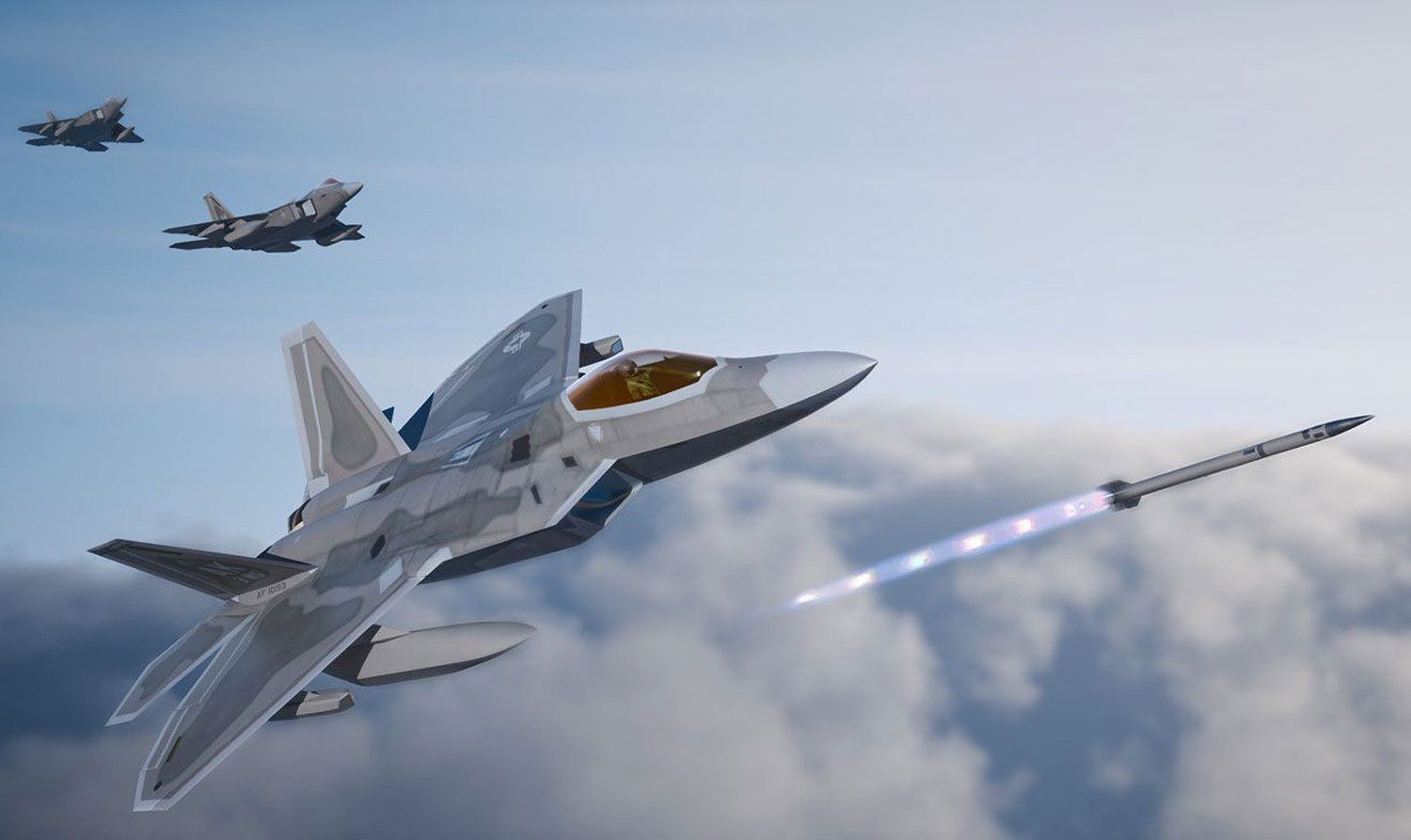Baltic Defense Dynamics: The Deployment of F-22 Raptors and Implications for NATO's Eastern Flank
The Baltic States of Estonia, Latvia, and Lithuania, straddling a critical corridor of air, land, and sea routes, have always held a unique geopolitical significance. In a display of this strategic importance, the U.S. Air Force recently undertook an Agile Combat Employment deployment of F-22 Raptor fighter jets to

The Baltic States of Estonia, Latvia, and Lithuania, straddling a critical corridor of air, land, and sea routes, have always held a unique geopolitical significance. In a display of this strategic importance, the U.S. Air Force recently undertook an Agile Combat Employment deployment of F-22 Raptor fighter jets to Estonia's Amari Air Base, reinforcing NATO's eastern flank and stirring global attention.
The Agile Combat Employment in Context
On May 8th, the U.S. Air Force deployed F-22 Raptors, supporting NATO's Allied Air Command's Air Shielding mission. This move aimed to deter aggression in the increasingly tense Baltic Sea region. These U.S. fighters joined their Royal Air Force counterparts, who had already been conducting NATO's enhanced Air Policing mission from Amari with their Eurofighter Typhoons.
The Significance of Rapid Fielding
The rapid deployment of forces in the Baltic Sea region underscores the operational readiness of Allied forces and their ability to defend NATO territory. The enhanced posture enables the Alliance to deter and mitigate potential air and missile threats. The Air Shielding mission is a purely defensive endeavor designed to shield and protect Allied territory and populations, constituting a key component of NATO’s Deterrence and Defence Posture.
NATO's IAMD is a continuous mission, whether in peacetime, crisis, or conflict, designed to safeguard Alliance territory, populations, and forces against any air or missile threat. It is a vital element of NATO’s deterrence and defense, contributing to the Alliance’s indivisible security and freedom of action. This includes the capacity to reinforce its deployments and provide a strategic response, depending on the specific circumstances.
The F-22 Raptor's Role
The Lockheed Martin F-22 Raptor, an American single-seat, twin-engine, all-weather tactical stealth fighter aircraft, was developed for the United States Air Force (USAF). The aircraft, designed as an air superiority fighter, also incorporates ground attack, electronic warfare, and signals intelligence capabilities. The prime contractor, Lockheed Martin, built most of the F-22’s airframe and weapons systems and conducted final assembly, while Boeing provided the wings, aft fuselage, avionics integration, and training systems. The F-22 is expected to serve into the 2030s and eventually have its role succeeded by the USAF’s Next Generation Air Dominance (NGAD) manned fighter component.
Conclusion
The recent deployment of F-22 Raptors to Estonia underlines the strategic significance of the Baltic States for NATO and its efforts to maintain security along its eastern flank. In this delicate geopolitical landscape, these actions highlight the necessity of maintaining a balance between necessary defense and the perpetuation of peaceful diplomacy. As global actors continue to navigate this balance, the Baltic Sea region remains a critical corridor for international freedom of maneuver, calling for a coordinated approach among Allies.




